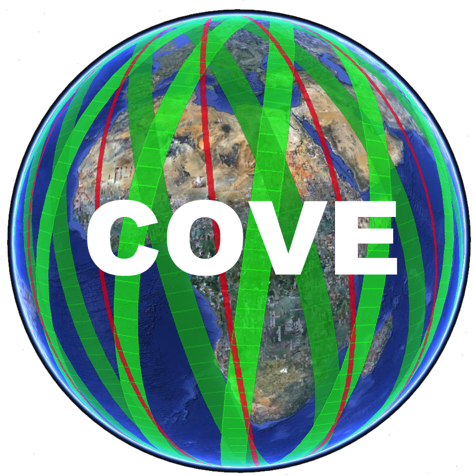Objectives and Applications
Earth resources, land surface, environmental monitoring, agriculture and forestry, disaster monitoring and assessment, ice and snow cover. 5-year nominal mission life, currently in extended operations with the LST allowed to drift. Routine science mission data operations ended following the declaration of successful Landsat 9 operations. Its orbit was lowered in April 2022. From a drifting orbit, the satellite acquired science data as part of its Extended Science Mission from May 5, 2022 until January 19, 2024. Landsat 7's science imaging was suspended on January 19, 2024, and the satellite was officially decommissioned in July, 2024.
Full Name
Landsat 7
aka L7, Landsat-7
Mission Status
Mission complete
Mission Agencies
Launch Date
15 Apr 1999
Mission Links
EOL Date
19 Jan 2024
Orbit Type
Sun-synchronous
Orbit Period
98.9 minutes
Orbit Sense
Descending
Orbit Inclination
98.2 deg
Orbit Altitude
697 km
Orbit Longitude
Orbit LST
08:00
Repeat Cycle
16 days
NORAD Catalog #s
International Designators
ETM+ - Enhanced Thematic Mapper Plus  |
| Category | Parameter | Instrument(s) |
| Atmosphere | Aerosols | ETM+ |
| Cloud type, amount and cloud top temperature | ETM+ |
| Radiation budget | ETM+ |
| Land | Albedo and reflectance | ETM+ |
| Vegetation | ETM+ |
| Surface temperature (land) | ETM+ |
| Multi-purpose imagery (land) | ETM+ |
| Inland Waters | ETM+ |
| Ocean | Ocean colour/biology | ETM+ |
| Multi-purpose imagery (ocean) | ETM+ |
| Snow & Ice | Snow cover, edge and depth | ETM+ |
| Sea ice cover, edge and thickness | ETM+ |
Collection 2
Dec-2020 | CEOS-ARD Landsat Collection 2 marks the second major reprocessing effort on the Landsat archive by the USGS that results in several data product improvements that harness recent advancements in data processing, algorithm development, and data access and distribution capabilities. Read more |
GA Landsat Collection 3
Jul-2019 | The United States Geological Survey's (USGS) Landsat satellite program has been capturing images of the Australian continent for more than thirty years. DEA takes the hundreds of thousands of images, prepares them for Australian conditions, and makes adjustments to correct inconsistencies caused by changes in the atmosphere each time an image is captured (i.e. absence or presence of cloud cover), so that the data can be analysed to provide information about our changing continent. This corrected data set is known as Landsat Surface Reflectance, and it forms the basis for many of the other information products produced by DEA. Products derived from the surface reflectance collection include Fractional Cover, Water Observations from Space, the Intertidal Extents Model, and High and Low Tide Composites. Read more |
Landsat Collection 1
Sep-2016 | Landsat Collection 1 consists of Level-1 data products generated from Landsat 8 Operational Land Imager (OLI)/Thermal Infrared Sensor (TIRS), Landsat 7 Enhanced Thematic Mapper Plus (ETM+), Landsat 4-5 Thematic Mapper (TM)*, and Landsat 1-5 Multispectral Scanner (MSS) instruments.
Read more |
Landsat 5 ETM+ GTC Systematic Processing
Jan-2003 | The Landsat Enhanced Thematic Mapper Plus (ETM+) instrument was introduced
with Landsat-7. ETM+ data cover the visible, near-infrared, shortwave, and
thermal infrared spectral bands of the electromagnetic spectrum. Access is provided through the ESA TPM scheme. Read more |
Selected IDN OpenSearch Results (search all 239 )
Unable to reach FedEO OpenSearch